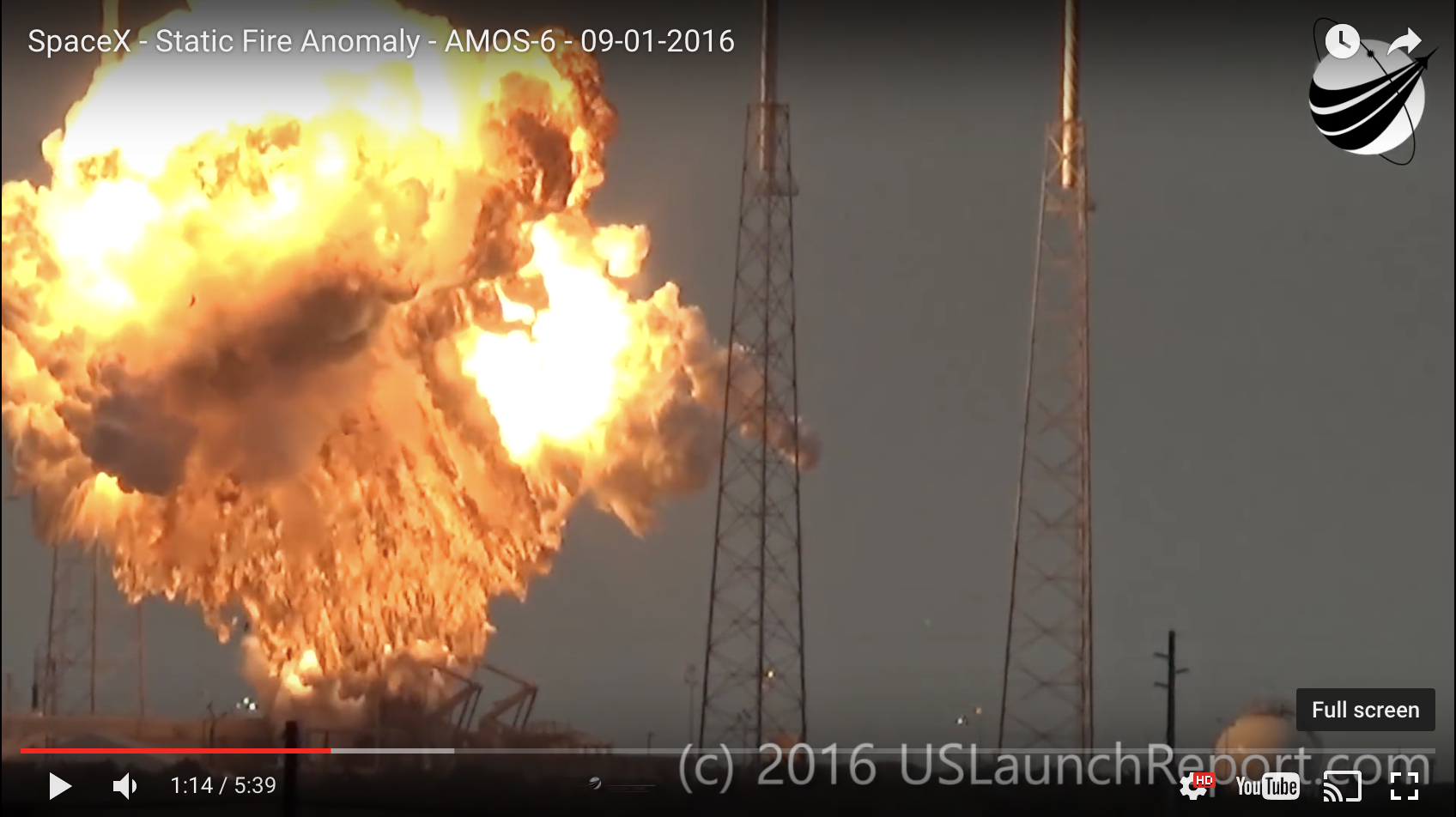The explosion that blew the $260M SpaceX rocket off its launch pad this month was caused by a breach in the helium system. Or aliens. (Really.)
If you have a few hours to kill, read the thousands of comments on this video alone, explaining the “UFO” that zooms across the screen just after the 1:00 mark, seconds before the explosion.
Of course, the object is just a bug flying close to the lens of the camera, not aliens flying 1,000 mph through the background as many are suggesting. But you can watch and develop your own theory.
More likely is the leading theory of a breach in the rocket’s helium system (although Elon Musk himself did not rule out the alien sabotage).
Only our helium prices will blow you away. Get a free helium quote from Zephyr — THE HELIUM EXPERTS!
Breach in the helium system
After an internal investigation that spanned the better part of a month and involved the FAA, NASA, Air Force, industry engineers, and SpaceX, the company announced last week that Falcon 9’s helium system “likely suffered a large breach.”
However, the statement indicated that the investigation is ongoing and that while the helium system is thought to be the area that caused the blast, the company doesn’t exactly know why or how it happened.
Falcon 9 was trying to deliver a $200 million communications satellite into orbit.
Helium onboard the rocket
Helium itself isn’t flammable or combustible, rather it’s used as a cryogenic system within rockets to maintain pressure.
The cryogenic helium gets injected into the fuel tanks to maintain the structural pressure within the system, ensuring the tank walls themselves don’t blow out from the intense heat and pressure from the burning fuel.
If there is a breach within the rocket’s helium system, a serious gain in pressure would lead to an explosion.
Not like the last blast
You may recall last year, Falcon 9 exploded minutes after launching. While the failure involved a helium tank, it had to do with a bad bracket, not the helium system itself.
A faulty strut that anchored a high pressure helium tank simply broke, shooting the helium tank into the upper liquid oxygen tank. This caused a “high pressure event,” which you and I call an explosion.
As far as this recent accident, SpaceX hopes to quickly determine the exact cause of the breach in the helium system so that they can be flying again by November.
(Or find those pesky aliens.)


